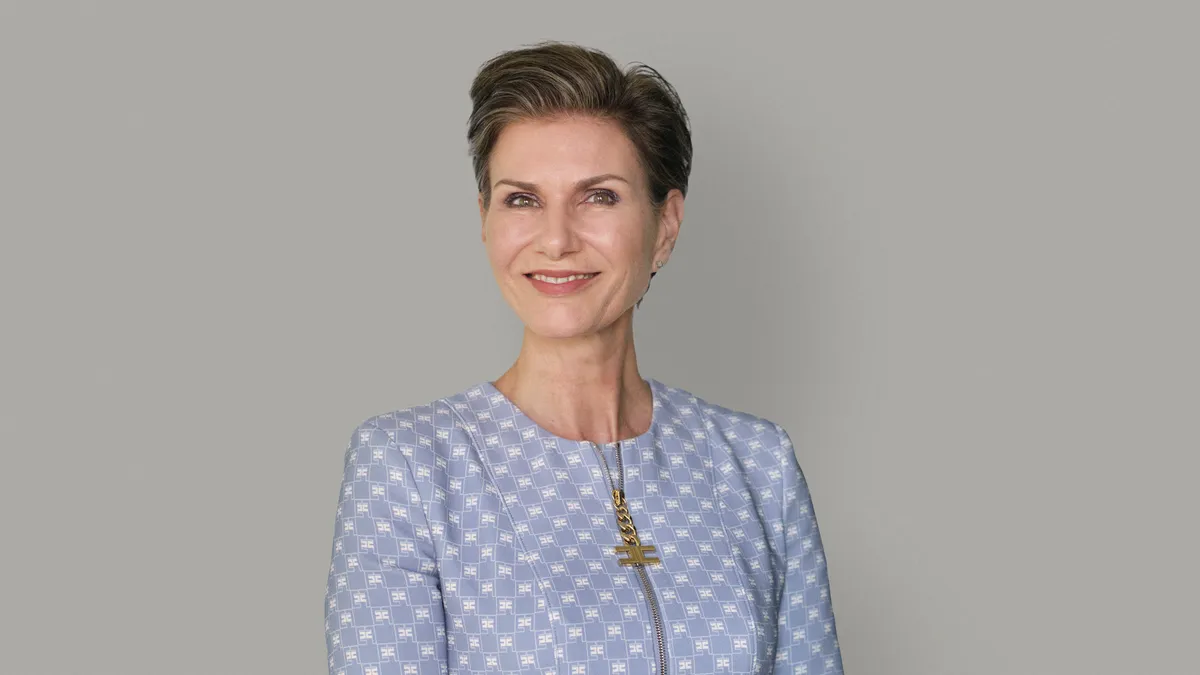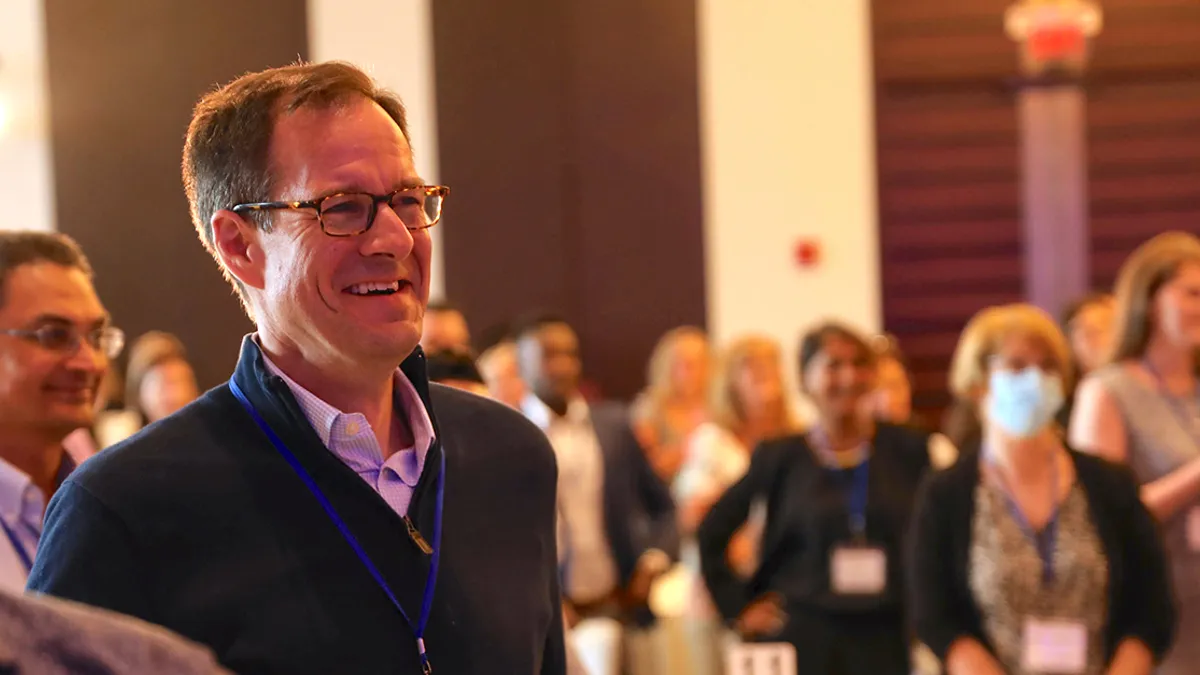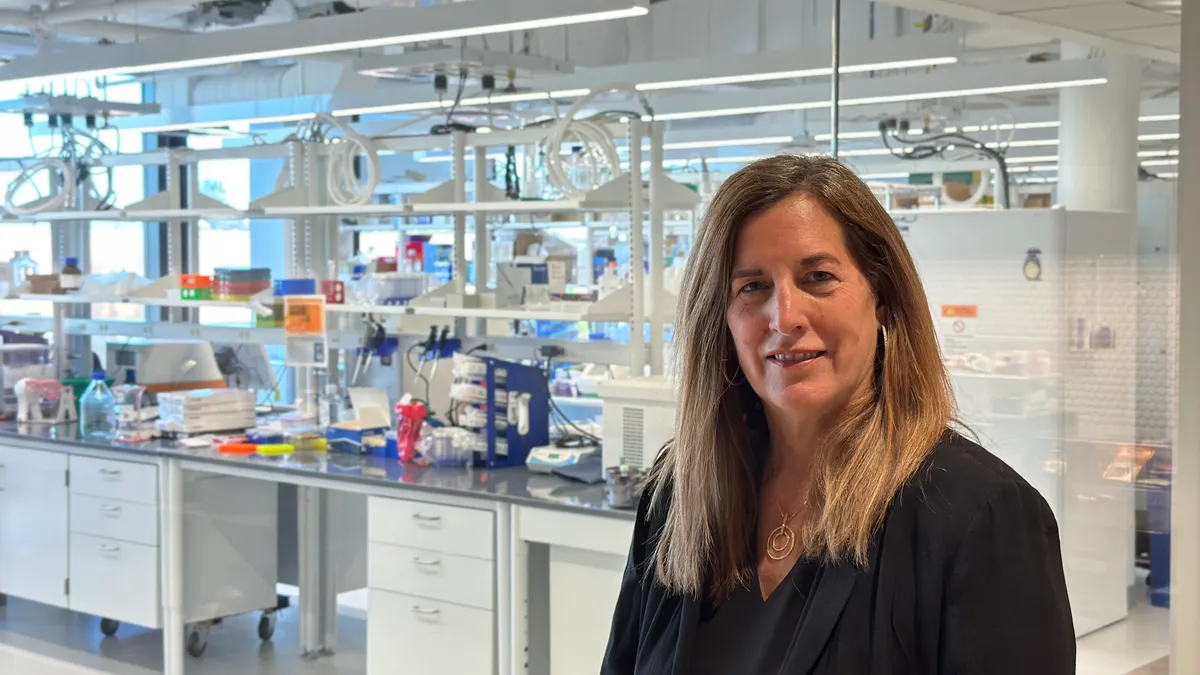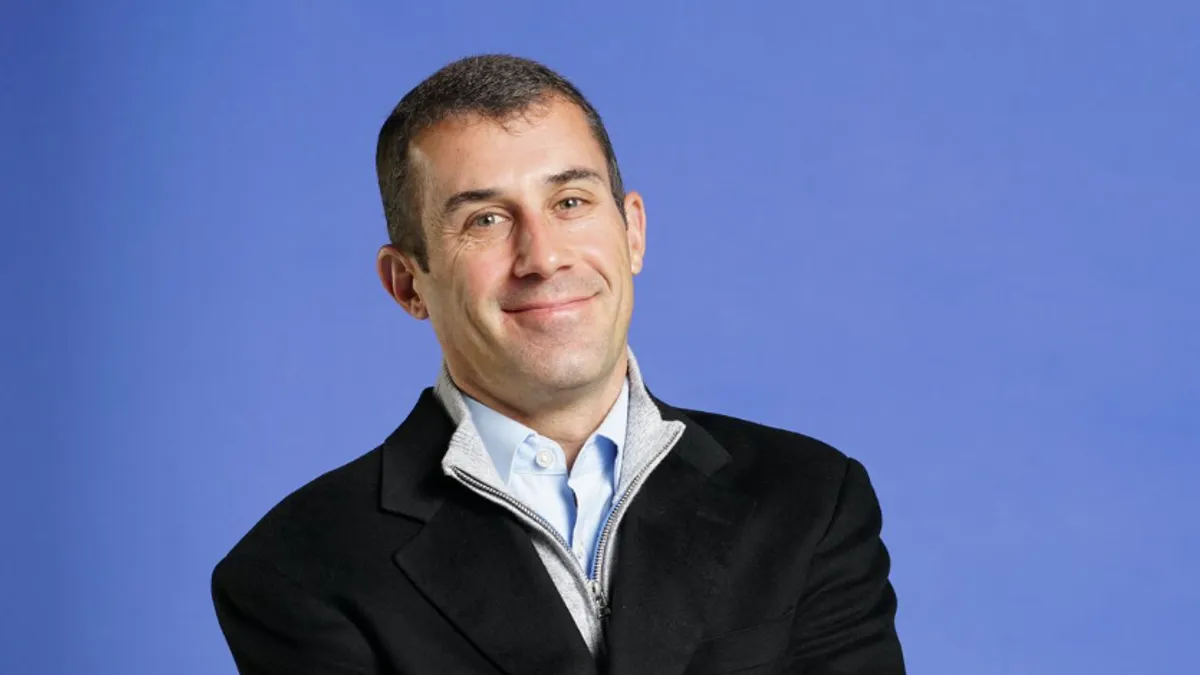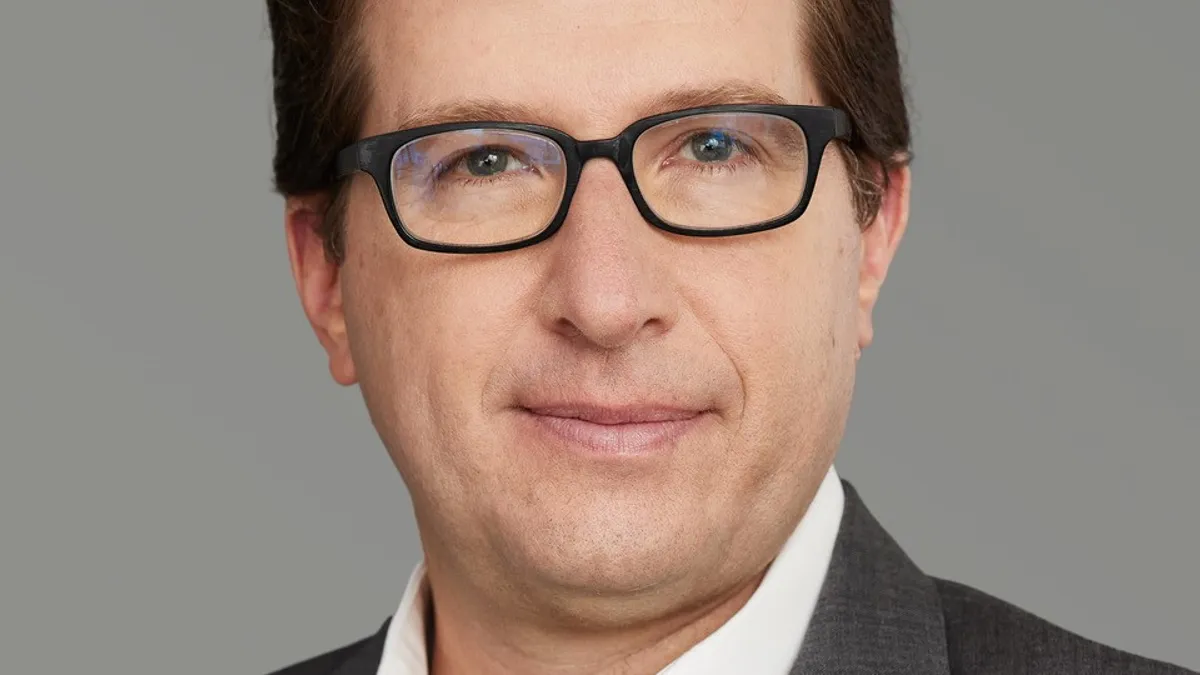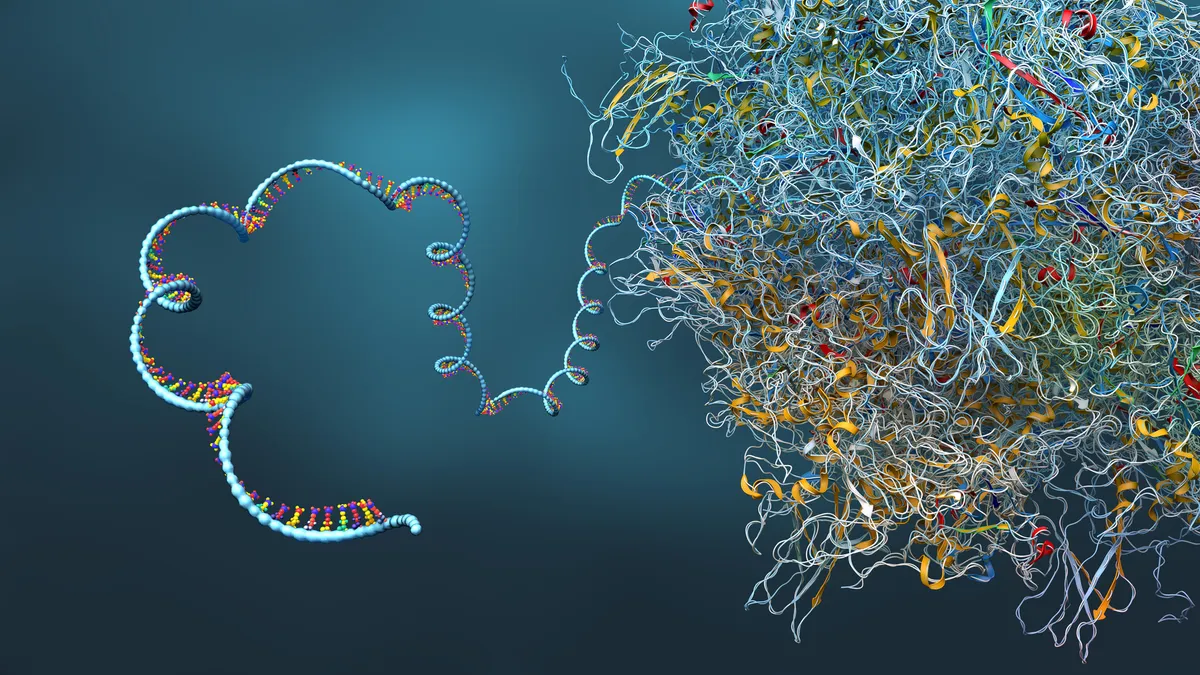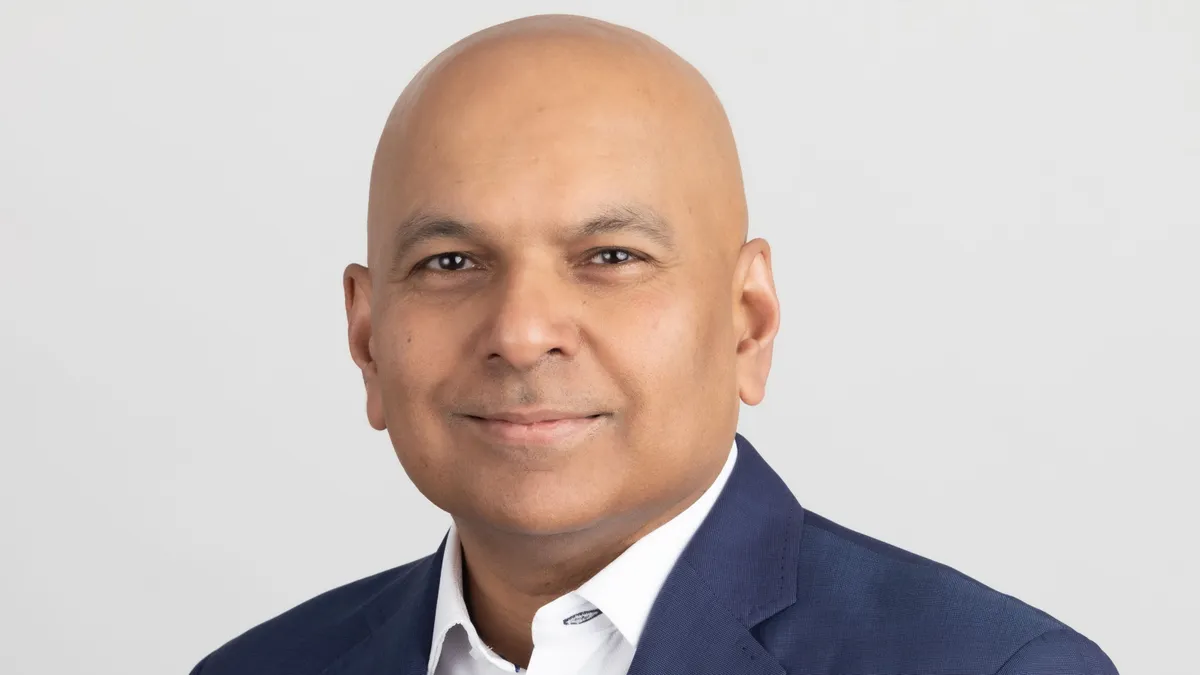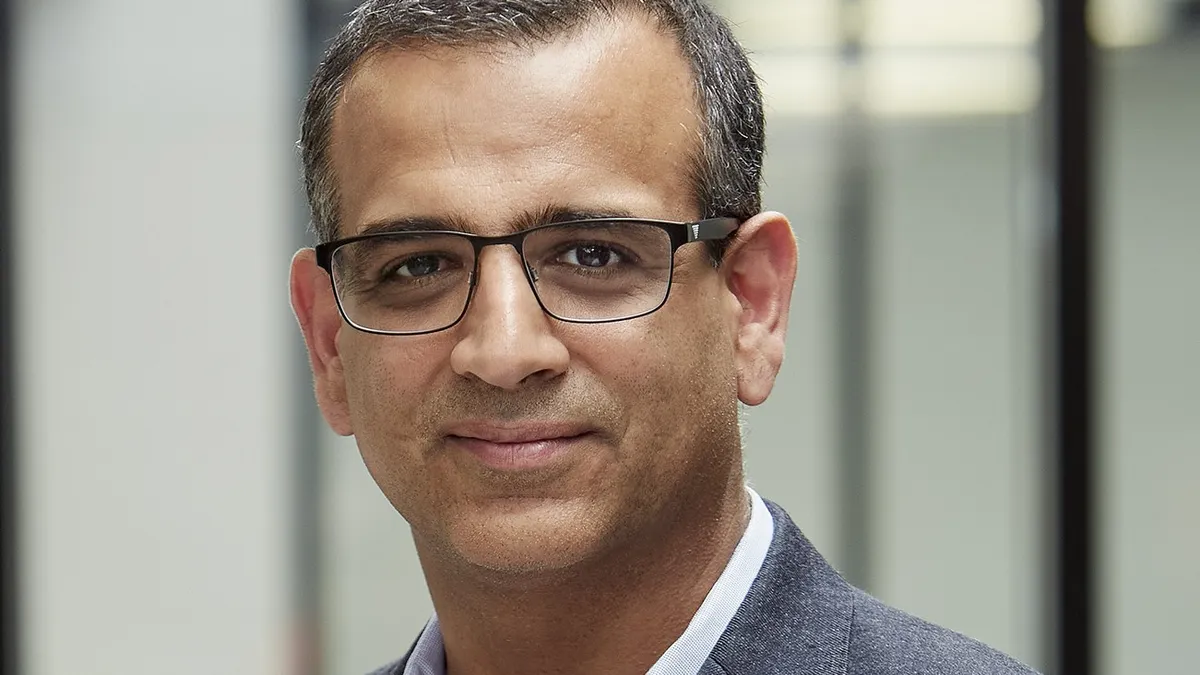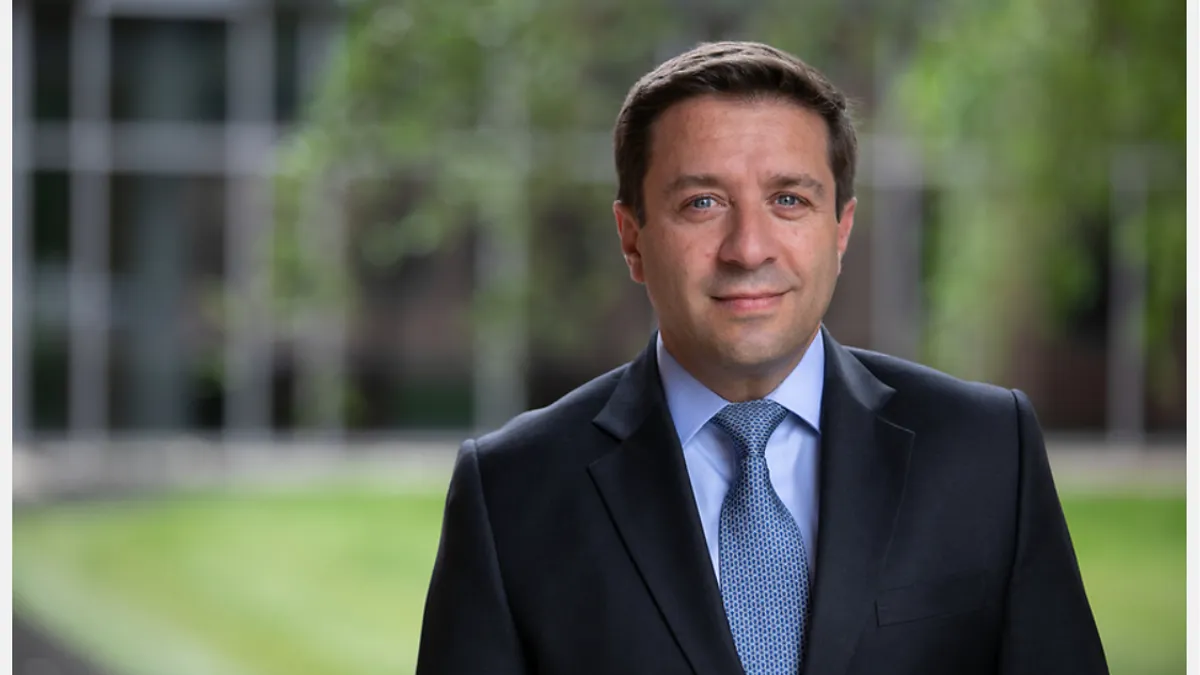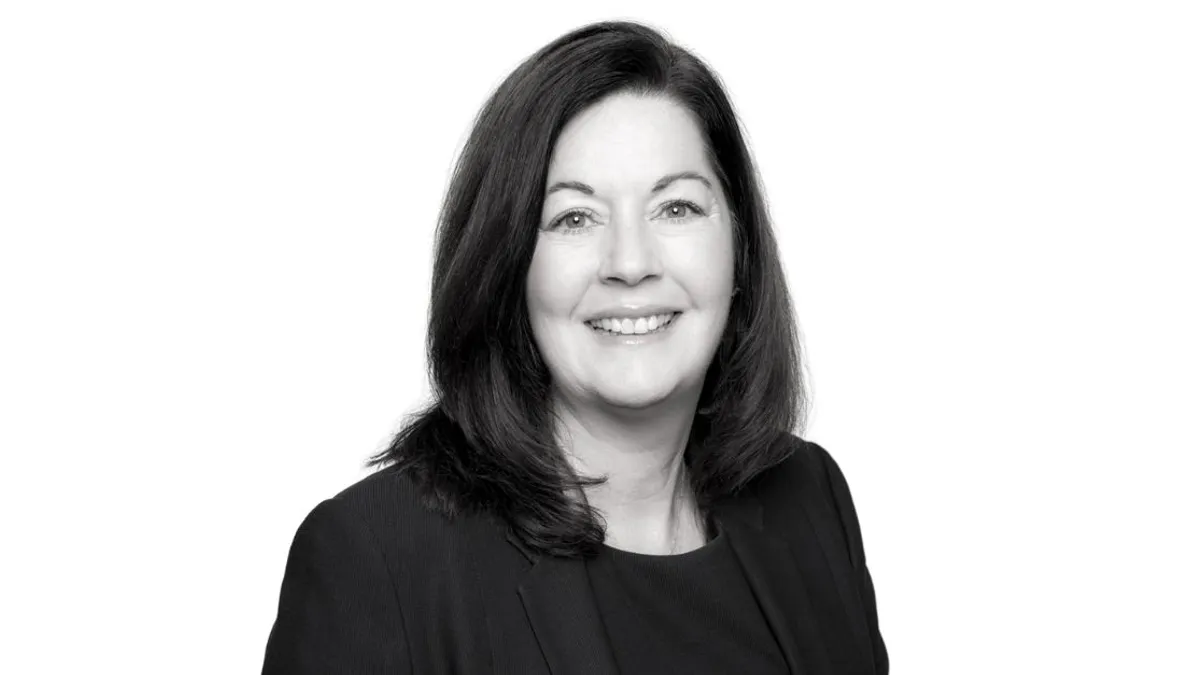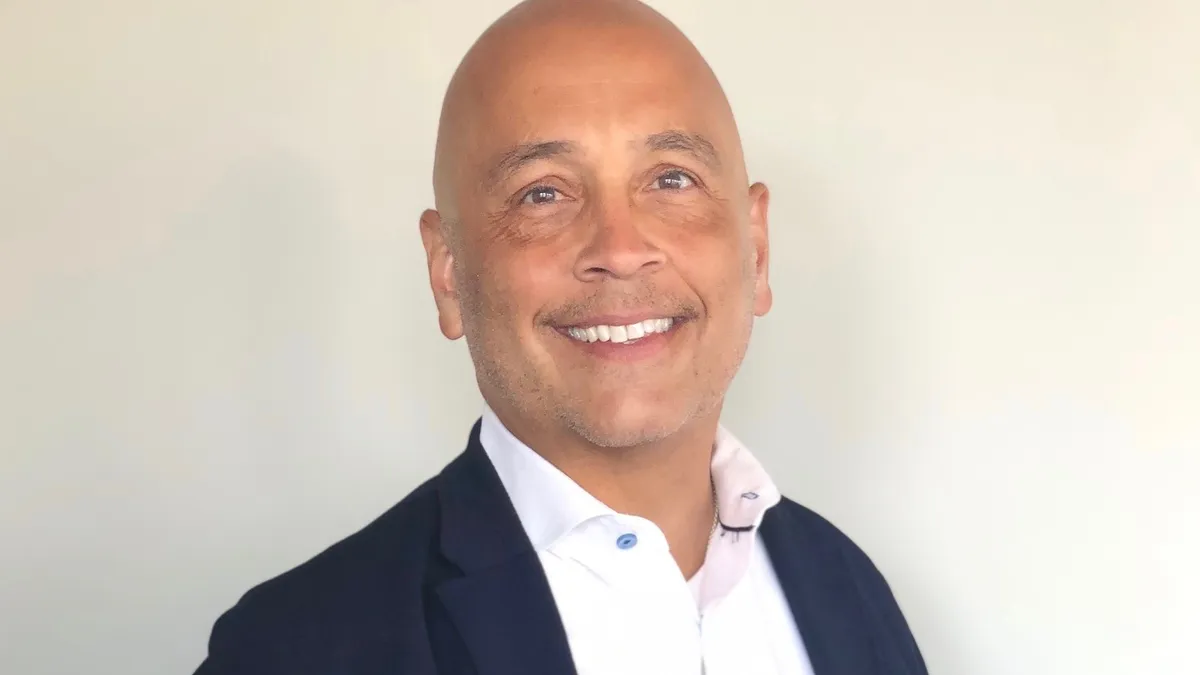Welcome to First 90 Days, a series dedicated to examining how biopharma executives are planning for success in their new role. Today, we’re looking at Genmab’s new chief strategy officer and executive vice president, Martine van Vugt, who stepped into the role in March to bring the company into its next stage of antibody development.
Sometimes, a new chief strategy officer comes into the role to shake things up. For Martine van Vugt, who began working at Genmab as a scientist more than 20 years ago, a deep understanding of the company's core mission has helped navigate toward that ambitious future as she stepped into the new role as chief strategy officer, as well as becoming an executive vice president.
Genmab has, in that time, become a "biotech innovation powerhouse" in developing and bringing oncology antibodies to market. The most recent success comes from a collaboration with Seagen that resulted in a 2021 approval of Tivdak for patients with cervical cancer. The company is also responsible for the antibody technology that made J&J's multiple myeloma drug Darzalex a blockbuster.
And Genmab, an international company with headquarters in Copenhagen, Denmark, has its sights set even further, expanding into spaces outside of cancer and bringing about new technologies it calls "knock your socks off" — or KYSO — antibodies that will "transform the lives of people with cancer and other serious diseases," van Vugt said.
"These are two elements that make it very special to be chief strategy officer — you can paint the picture but also help the teams in getting there."

Martine van Vugt
Executive vice president, chief strategy officer, Genmab
For van Vugt, who began her new roles in March, the journey at Genmab has been about bringing cutting-edge antibody technology to the table. From her days as a scientist to her seat as executive vice president, the office view may have changed, but the mission has not. She points to a painting in her office by contemporary German artist Thomas Ritter as a reminder of that constancy.
"Art has always been very important for Genmab — art and science are very complementary as you experiment, you explore, you inspire and you see things in a different way," van Vugt said. "It has been with me and in all of my offices — to always remind myself where we've been and feel inspired to push forward."
We spoke to van Vugt about how she approaches her new role at a company where she has spent more than two decades, what it meant to cultivate the "servant leadership style" over time and how navigating the biotech world requires patience and perseverance.
This interview has been edited for brevity and style.
PHARMAVOICE: How did you navigate the transition from a scientist to thinking about the bigger picture of the company's strategy and management?
MARTINE VAN VUGT: As a leader, although I'm trained as a scientist, I am constantly imagining the future state, and it didn't happen overnight. The growth of the company really allowed me to look at all the different functions and be a part of Genmab becoming a bigger organization. I live in the future and I think I have the talent of providing the stepping stones to get to a vision. And on top of that, one of my talents was to organize and support teams, and over 20 years that allowed me to have an impact and build together with my colleagues.
What does being a chief strategy officer mean to you?
As a chief strategy officer, I constantly paint a picture of the vision of our guiding light, and my task is to provide the steppingstones for how to get there. As a leader, I prioritize the greater good and serve my teams and organization first and foremost. These are two elements that make it very special to be chief strategy officer — you can paint the picture but also help the teams in getting there.
What have those first few weeks in the role been like?
The beauty is I didn't just join Genmab four weeks ago — I've been with the company for 20 years and I've been part of this journey. Over the last couple of years I've been chief of staff, driven strategic initiatives, led the majority of the partnerships we have entered into. So now being promoted to executive vice president and being the chief strategy officer is a natural evolution of what I've done over the past years. But my main focus over the last few months is making sure that our vision is not only being understood but also embraced, and that people feel extremely proud to be part of this team and make it happen.
What are the leadership qualities you've developed in your time at Genmab? And how do they fit into this new position?
I can safely say that my analytical skills blended with a very sound understanding of science, as well as integrity to embrace the core values that we have, fits me best as a servant leadership style. For Genmab, it is all about the team, so a leadership style that makes sure the team is being supported and hurdles are taken away is most important for a company like this to be successful. The servant leadership style is most important, specifically for a chief strategy officer to make sure the whole company sees the ultimate goal and knows how to get there.
How do you go about forming a strategy for Genmab that is consistent and solid, but also agile enough to be informed by what is happening in the moment?
Genmab prides itself as a company with a very firm understanding of our core focus and where we are at our best, which is having deep insights into antibody biology and a clear understanding of where we can make a difference. We want to make an impact for patients and understand the external landscape and internal capabilities and competencies. That expertise has helped us to focus on what we want to achieve and build a strategy around that. And of course, we constantly keep an eye on what is happening in the outside world.
Speaking of the outside world, Genmab has worked with many other pharma companies — how do you think about partnerships fitting into your development and commercial strategy and choose the right fit?
Partnerships and collaborations have always been part of Genmab's DNA, and they're critical and fundamental to us achieving our ultimate goal and executing against our vision. We want to work with state-of-the-art innovators and be part of the bigger life sciences ecosystem. That way we can be more cutting-edge, move into new areas and be faster and stronger than before. It's essential for us to achieve the ultimate goal.
We always look for like-minded parties — shared core values and a cultural fit, because when we start a collaboration, it's for the long term, not a one-off.
In this industry, there is never a shortage of setbacks. How do you deal with these on a leadership level?
Stamina and perseverance — that's what it takes to ultimately become a biotech innovation powerhouse. You have to be ready to fail in order to succeed. I can say that Genmab has been extremely successful over the last 20 years, but I can also say that it has not always been that easy. We have ridden and survived the biotech roller coaster.



